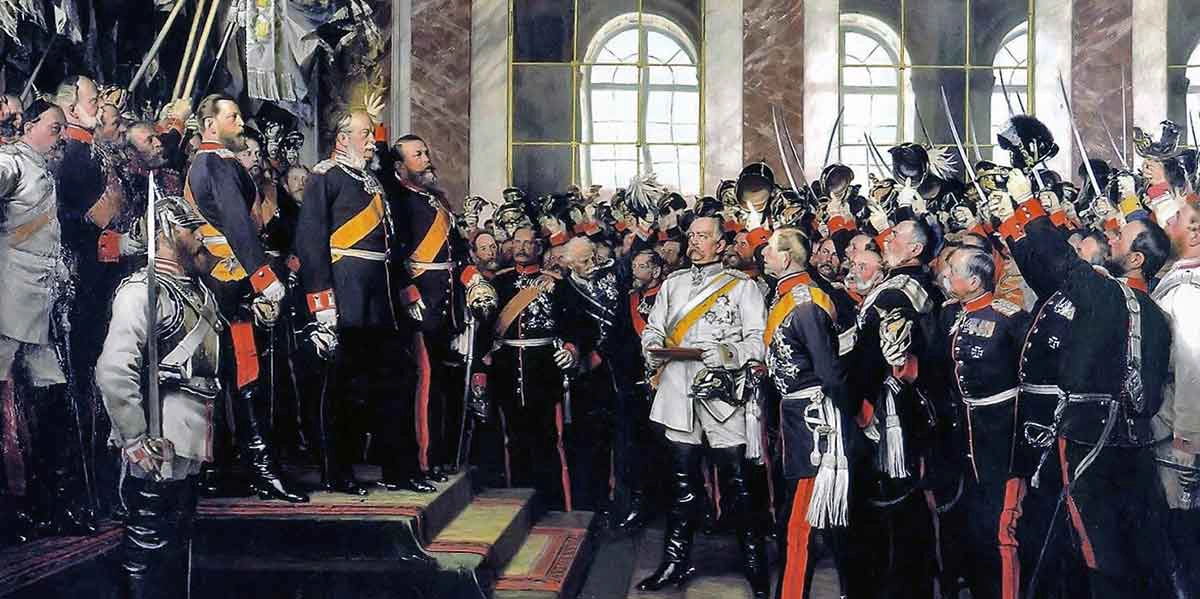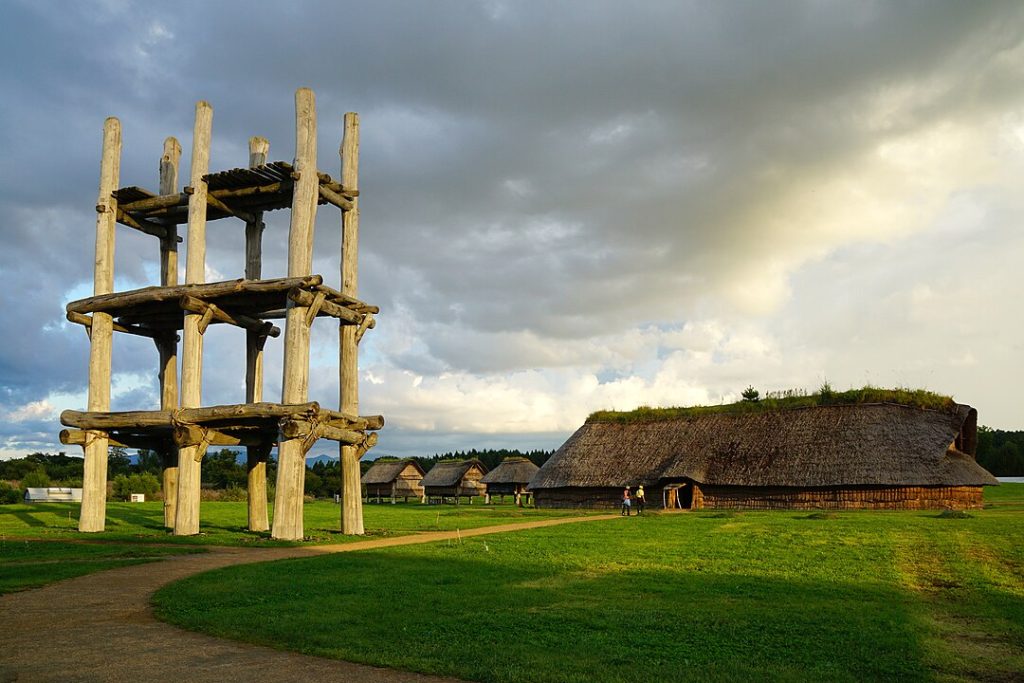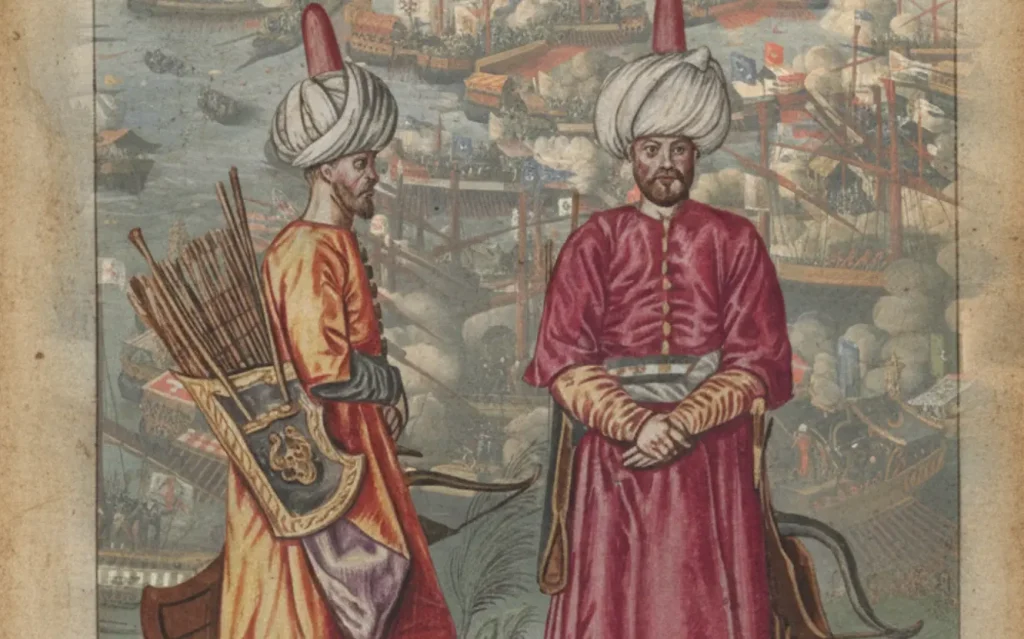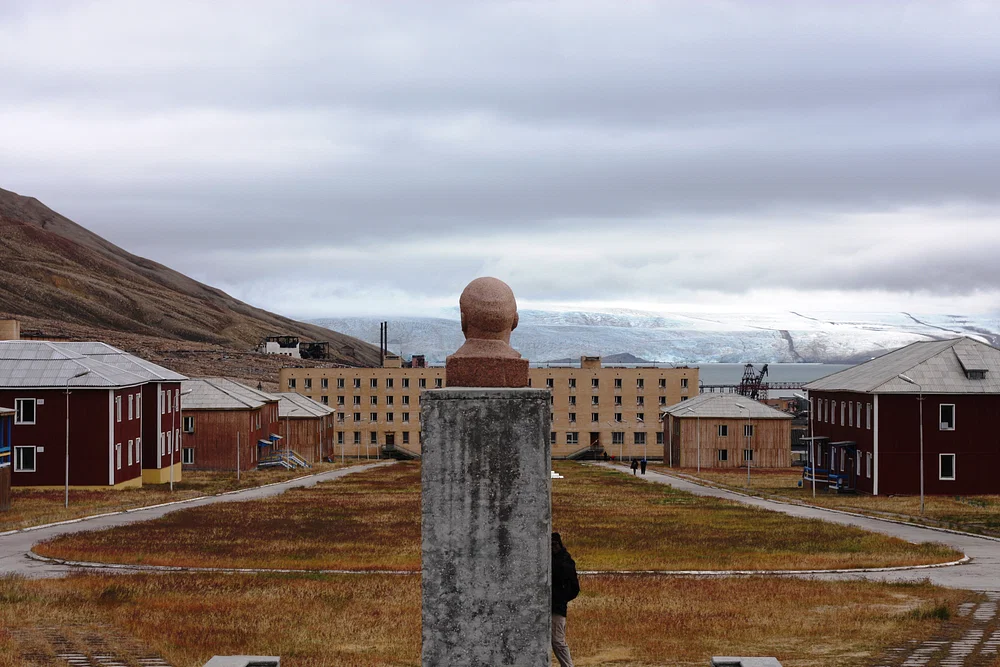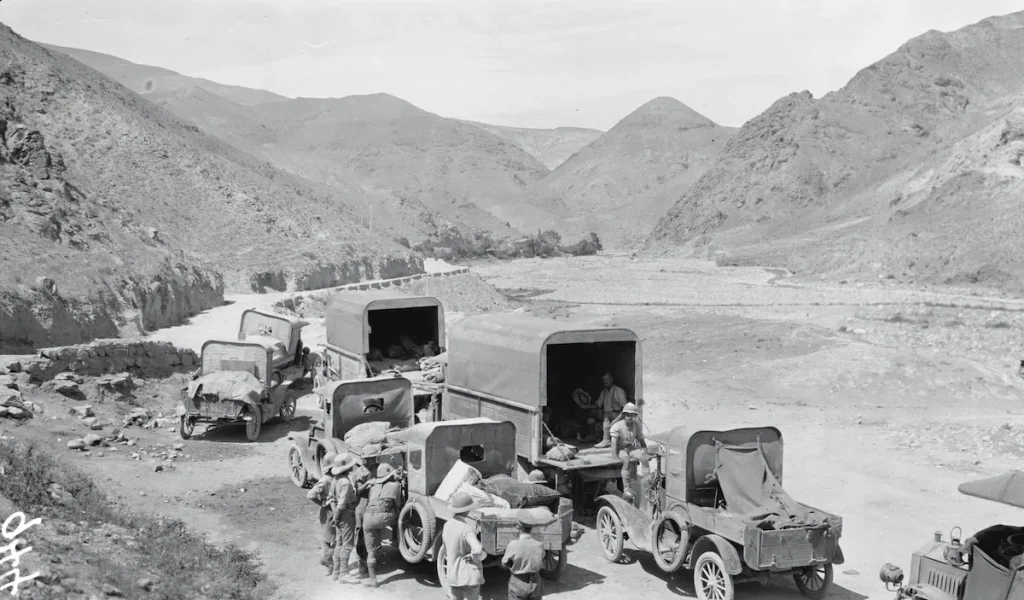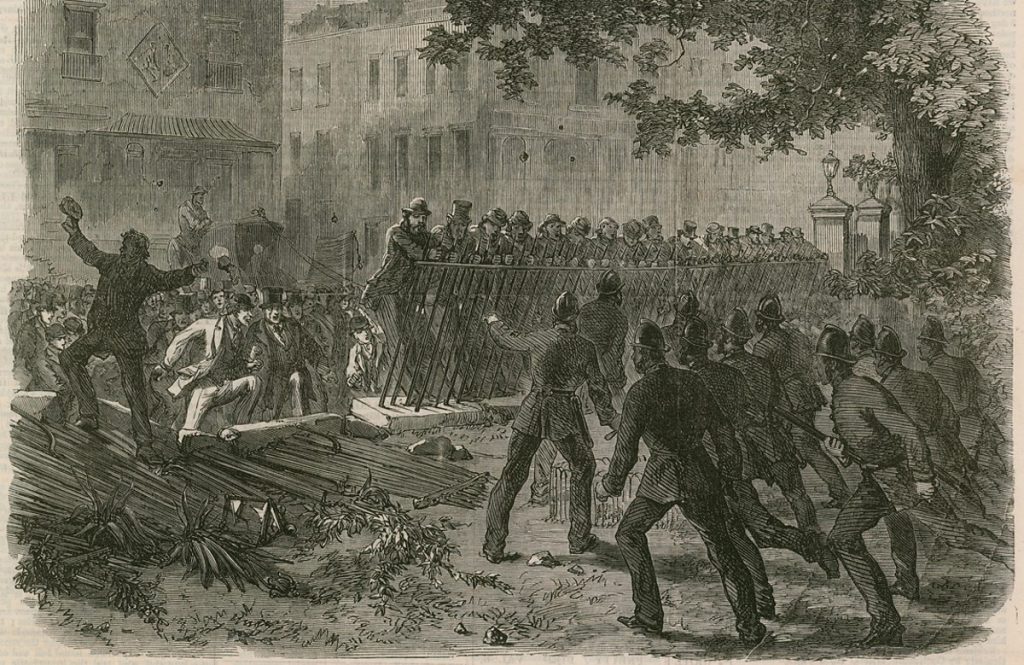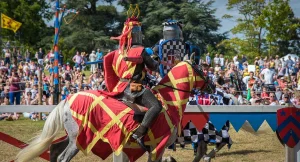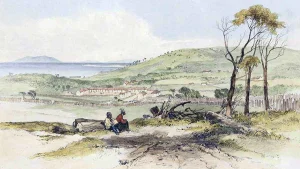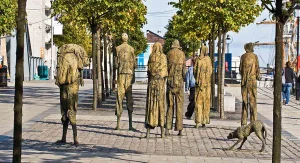In the summer of 1870, Prussia and its German allies defeated France in just a few months. Three battles—fought within two weeks—decided the war’s outcome and reshaped Europe. This post explains those battles in clear, simple terms so you can follow what happened and why it mattered.
Two Armies, Two Strengths
On paper, France and Prussia looked similar: big conscript armies with experienced officers. In reality, they were different.
- French strengths: excellent rifles (the Chassepot) and a rapid-fire volley gun (the mitrailleuse, a forerunner of the machine gun). These weapons hit hard at long range.
- Prussian strengths: better artillery—modern, rifled, breech-loading Krupp guns—and superior organization. Prussia also moved troops faster by rail and coordinated them well across large areas.
This mix created a strange battlefield: brave infantry and cavalry charges from an earlier age, smashed by deadly modern firepower. The side that used its advantages best would win.
The Fortnight That Changed the War
By early August 1870, France had stumbled in the opening clashes and was pulling back. Prussia pushed hard to trap the French Army of the Rhine before it could escape east. Three linked battles followed: Mars-la-Tour (Aug 16), Gravelotte–St. Privat (Aug 18), and Sedan (Sept 1). Together, they sealed France’s fate.
Battle 1: Mars-la-Tour (Rezonville) — Aug 16, 1870
What happened: A Prussian corps (about 30,000 men) accidentally ran into most of the French Army of the Rhine—more than double its size—near Mars-la-Tour in northeastern France. The Prussians thought they were chasing a rearguard. They were not.
Morning to midday: Prussian cavalry skirmished, then fell back as heavy French infantry and artillery arrived. By late morning, the thin Prussian line was straining. Ammunition ran low. Reinforcements were hours away.
A desperate gamble: General Alvensleben ordered his last fresh reserve—the 12th Cavalry Brigade—to charge. Its leader, von Bredow, used a shallow valley and drifting gunsmoke to hide the approach. At the last moment the cuirassiers burst into view, smashed two French gun lines, and threw nearby infantry into confusion.
Why it mattered: The charge—later called “von Bredow’s Death Ride”—bought time. The French, shocked and cautious, paused instead of crushing the isolated Prussians. More German troops arrived, and by evening the French pullback was delayed.
Result: Tactical draw, Prussian strategic win. The French missed a chance to break free. Prussia lost heavily (over 16,000 casualties in III Corps alone), but it slowed the French retreat, setting up the next battle.
Battle 2: Gravelotte–St. Privat — Aug 18, 1870
What happened: Two days later, the Prussian First and Second Armies—around 188,000 soldiers—caught 113,000 French dug in along ridges and villages west of Metz. Marshal Bazaine hoped to hold and then slip away to join other French forces.
French firepower bites: As German infantry advanced in dense formations, the Chassepot rifles and mitrailleuses cut them down. Entire units were stopped cold. The elite Prussian Guard took thousands of casualties in minutes. By afternoon, some German regiments were wavering.
Why Prussia didn’t break: Artillery. Massed Krupp batteries hammered French positions throughout the day. German commanders kept feeding fresh troops into the line, grinding down French ammunition and nerves. In the evening, Guards and Saxon units attacked St. Privat from multiple sides. Low on shells and surrounded, the French had to give ground.
Result: Operational German victory. By casualties alone, the French inflicted terrible losses and could claim a moral edge. But Bazaine retreated into Metz, and the Prussians besieged him there. The French Army of the Rhine—France’s largest field army—was now pinned. The planned link-up with other French forces failed.
Battle 3: Sedan — Sept 1, 1870
What happened: With Bazaine trapped in Metz, Napoleon III formed the Army of Châlons to rescue him. Exhausted after a clash at Beaumont, the French fell back to the fortress town of Sedan to rest. Bad choice. Prussian and German forces encircled them.
The fight: At dawn on September 1, the Germans attacked and placed artillery on surrounding heights. The French tried to break out near La Moncelle, but every move ran into heavy shelling. By midday, the French were squeezed into the town, the fortress, and nearby woods—still under bombardment.
Collapse: With no escape and casualties mounting, Napoleon III ordered a white flag by evening. Negotiations followed. The French emperor surrendered, and with him over 100,000 soldiers became prisoners of war. Another 16,000+ were killed or wounded.
Result: Decisive German victory. The French imperial army was shattered. The emperor was captured. The war’s outcome was effectively decided.
What These Battles Achieved
- Mars-la-Tour: Prussian endurance and a bold cavalry charge stalled the French and kept them from escaping.
- Gravelotte–St. Privat: German artillery massing and relentless pressure forced Bazaine into Metz, where he was besieged.
- Sedan: Encirclement and artillery turned a French rescue mission into a catastrophe, capturing the emperor and an entire army.
Together, these actions removed France’s main field forces from the war within two weeks. After that, France could not mount a serious comeback.
Why Prussia Won
- Artillery superiority: The modern Krupp guns outranged and outperformed French muzzle-loaders. When massed, they decided battles.
- Organization and movement: Prussia moved corps quickly, used railways well, and coordinated large armies across wide fronts.
- Command focus: German leaders aimed to encircle and destroy enemy armies, not just win ground.
- French leadership problems: Despite brave soldiers and strong small arms, French commanders were slow, cautious, or indecisive at key moments.
What Changed in Europe
- End of the Second Empire: Napoleon III’s capture toppled his regime. France declared the Third Republic and fought on, but the war was lost.
- A German Empire is born: In January 1871, at Versailles, the German states proclaimed the German Empire under Prussia’s king. Germany became a leading European power.
- Territory and money: Germany took Alsace-Lorraine and demanded five billion francs in reparations.
- Seeds of future conflict: The loss of Alsace-Lorraine and the humiliations of 1870–71 burned in French memory, feeding tensions that helped lead to World War I.
Quick Timeline
- July–early Aug 1870: Opening clashes; France retreats.
- Aug 16: Mars-la-Tour—French escape delayed by Prussian stand and von Bredow’s charge.
- Aug 18: Gravelotte–St. Privat—Bazaine falls back into Metz; Germans begin a siege.
- Sept 1: Sedan—Napoleon III surrenders with 100,000+ men.
- Jan 1871: German Empire proclaimed at Versailles.
- May 1871: Peace terms: Alsace-Lorraine ceded; huge reparations.
The Bottom Line
The Franco-Prussian War was short because three linked battles decided everything fast. France had lethal rifles and early machine-guns, but Prussia’s artillery, planning, and pace proved stronger. Mars-la-Tour trapped the French in place, Gravelotte pinned them in Metz, and Sedan finished the job by capturing an entire army and its emperor. From those two weeks came a new Germany, a humbled France, and a Europe set on a path toward the 20th century’s storms.

